Yes, The WHO Treaty Really DOES Limit American Sovereignty
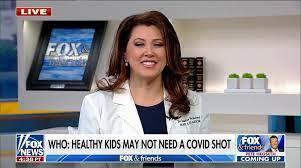
Marie Hawthorne
The plan has been to develop a draft, accept comments and amendments during 2023, and sign it into law in 2024. For the record, The OP posted our grave concerns about this back in 2021.
An Intergovernmental Governing Body (IGB) has been drafting this document, and they will be accepting feedback from "relevant stakeholders" regarding the final draft, as well as the addition of amendments. There are about 220 relevant stakeholders participating in this. Not surprisingly, they include civil society, academic, and health groups; the pharmaceutical industry is also well-represented, along with agribusiness groups. Some of these negotiations have been open to the media. Many have not.
President Biden has supported this effort from the beginning, and American groups represent some of the relevant stakeholders.
Much ado has been made over this the past few weeks, with voices on the right saying it’s going to kill Americans and voices on the fact-checking left scoffing at all those conspiracy theorists who think the U.S. would sign over sovereignty to an international body.
Here’s what you need to know straight from the treaty draft itself.
So, what’s in this thing?
Let’s start off with the Zero Draft. This is public information readily available on WHO’s website. It’s about 30 pages long, so it’s readable. I’ll share some highlights.
Article 4, Section 3 states:
States have. . . the sovereign right to determine and manage their approach to public health, notably pandemic prevention, preparedness, response and recovery of health systems, pursuant to their own policies and legislation, provided that activities within their jurisdiction or control do not cause damage to their peoples and other countries.
Who determines the damage threshold for when a nation loses its sovereignty? They don’t address that.
Article 10, Section 3h gets a lot of conservatives worked up.
It states that the WHO will receive 20% of pandemic related materials (vaccines, diagnostic tools, PPE, therapeutics) from wealthier countries for “equitable distribution” among poorer ones. And it involves “real-time” access, which means that the WHO will take their 20% when they want it, not when richer countries are ready to donate extra supplies.
Article 11, Section 4c addresses the need to strengthen and reinforce public health functions for surveillance using the One Health approach. One Health is a concept that gets addressed more thoroughly in Article 18.
Article 11 Section 4h addresses the need to create and maintain digital health and data science capacities. This translates to keeping everyone’s medical records online and readily available to health professionals. There are practical applications for this (like making sure people aren’t prescribed contra-indicated medications), but the privacy concerns are legitimate, too.
Article 15, Section 2 recognizes the WHO as the central authority, and gives the director general authority to declare pandemics. This means a director general in Europe could theoretically declare a pandemic in Southeast Asia without ever having set foot on the ground there. Incidentally, Southeast Asians see this potential, even though Americans may not. They’re concerned about it.
Article 17 is titled “Strengthening Pandemic and Public Health Literacy.” It discusses the need to tackle disinformation, particularly vaccine hesitancy. It also discusses the need to improve trust in science and government institutions.
What this really means is cracking down on dissenting voices.
Article 18 goes into a little more detail about the One Health approach. For the purposes of this draft, it means focusing on zoonotic (animal-to-human) disease transmission and strengthening surveillance systems that include animals as well as humans.



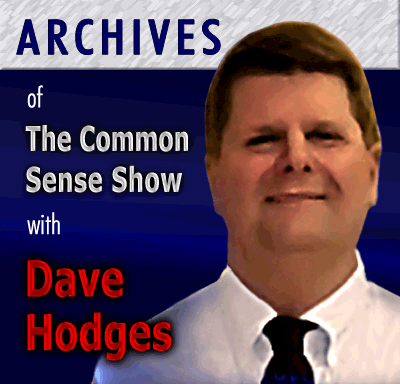

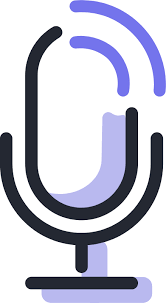


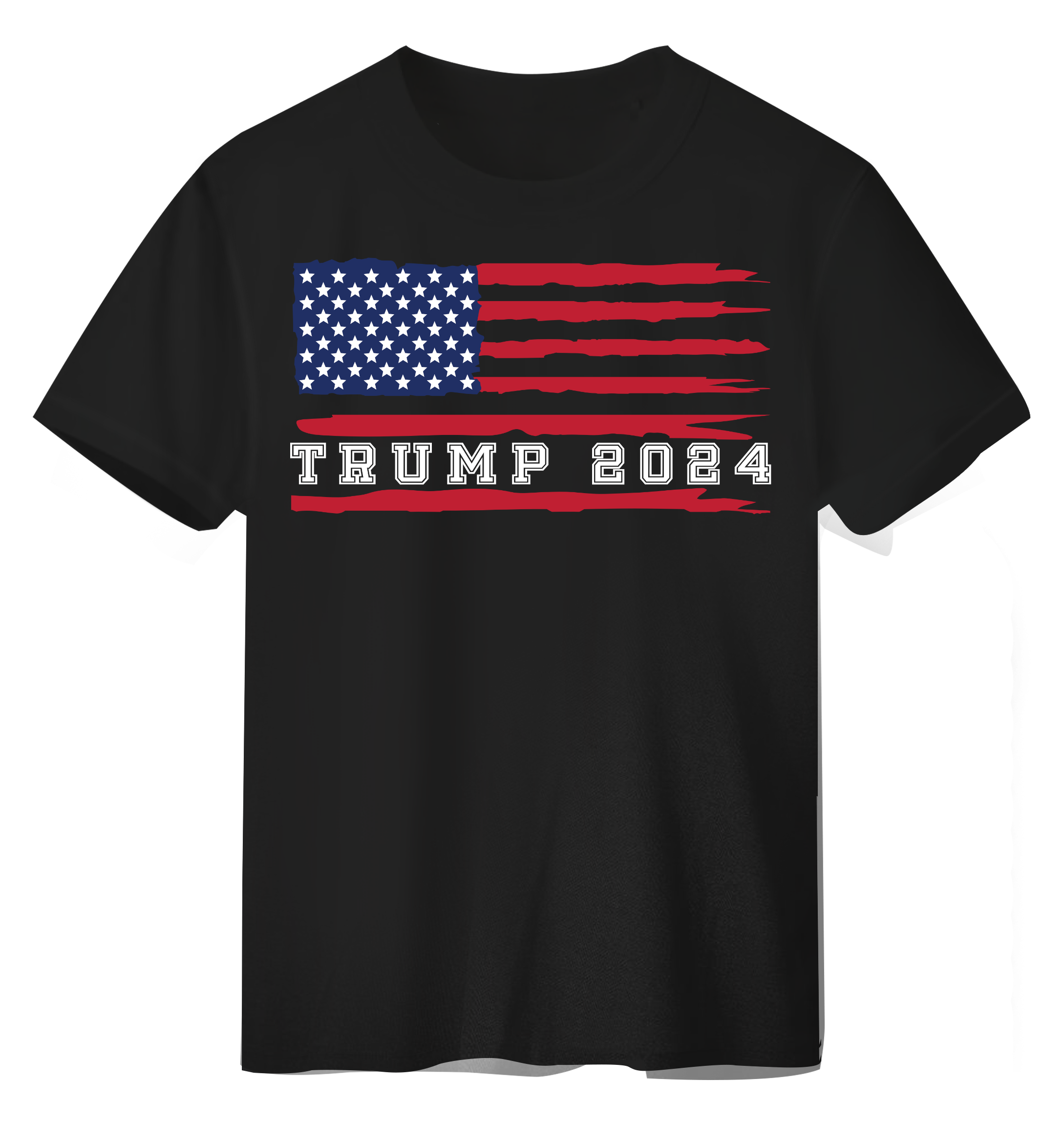
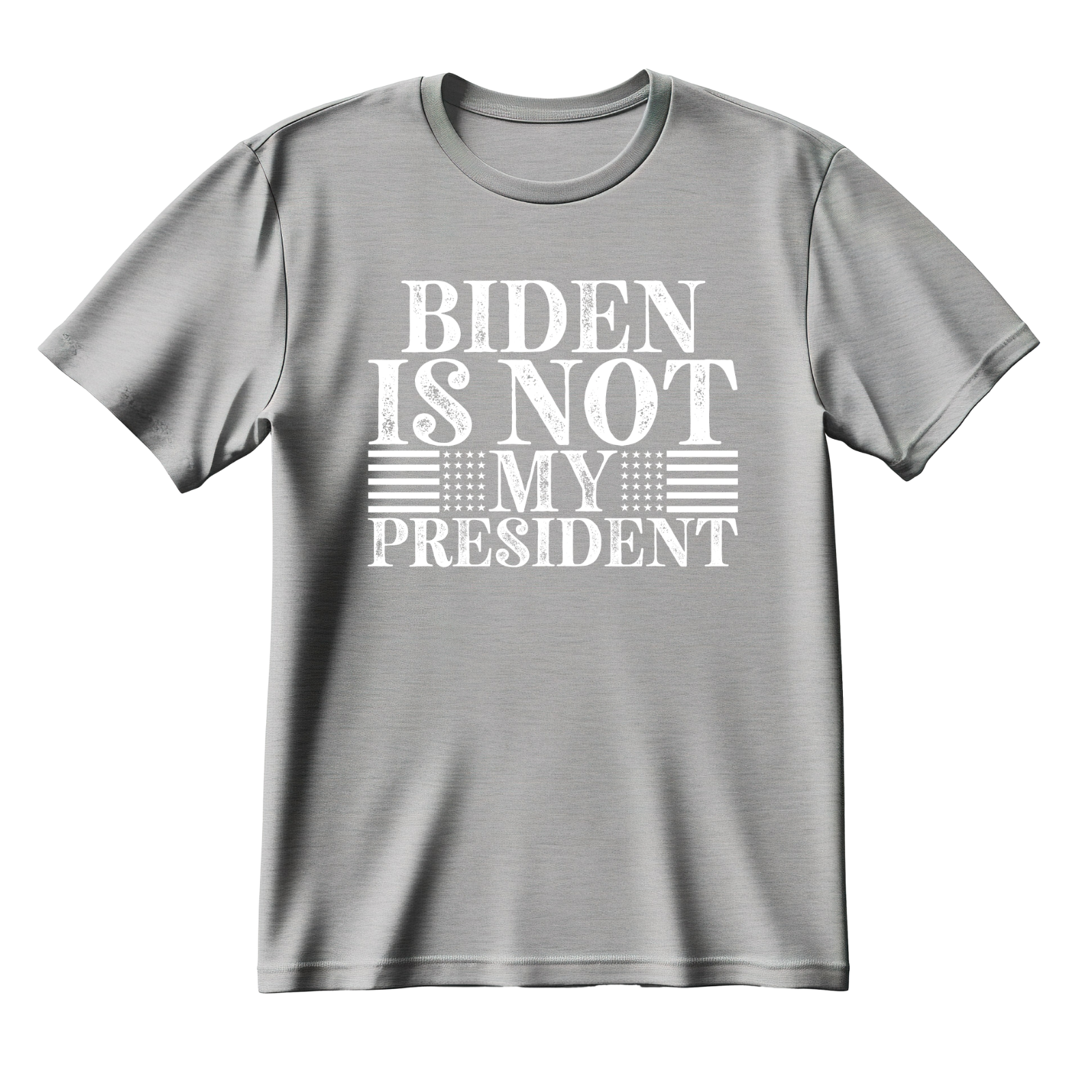
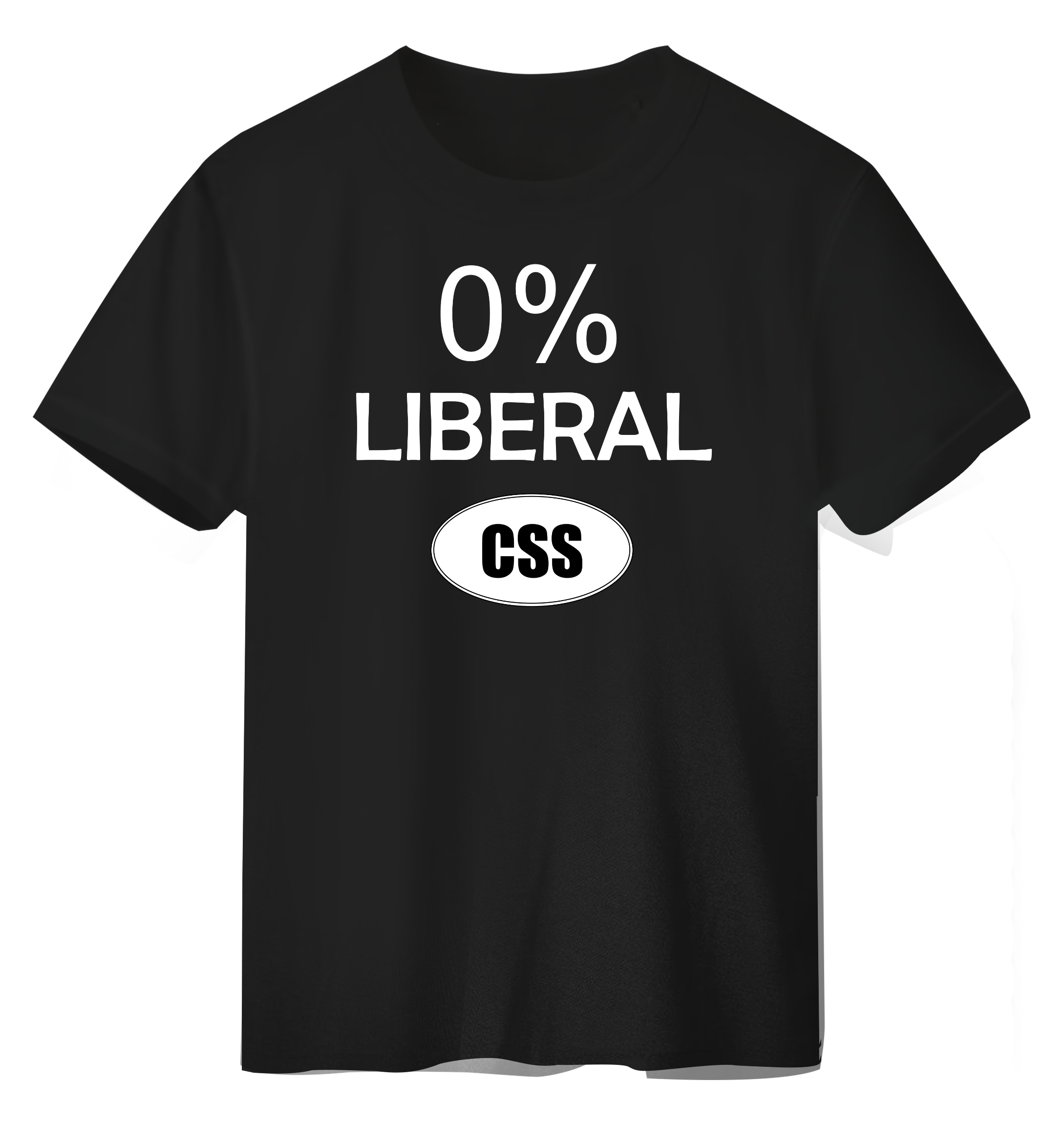









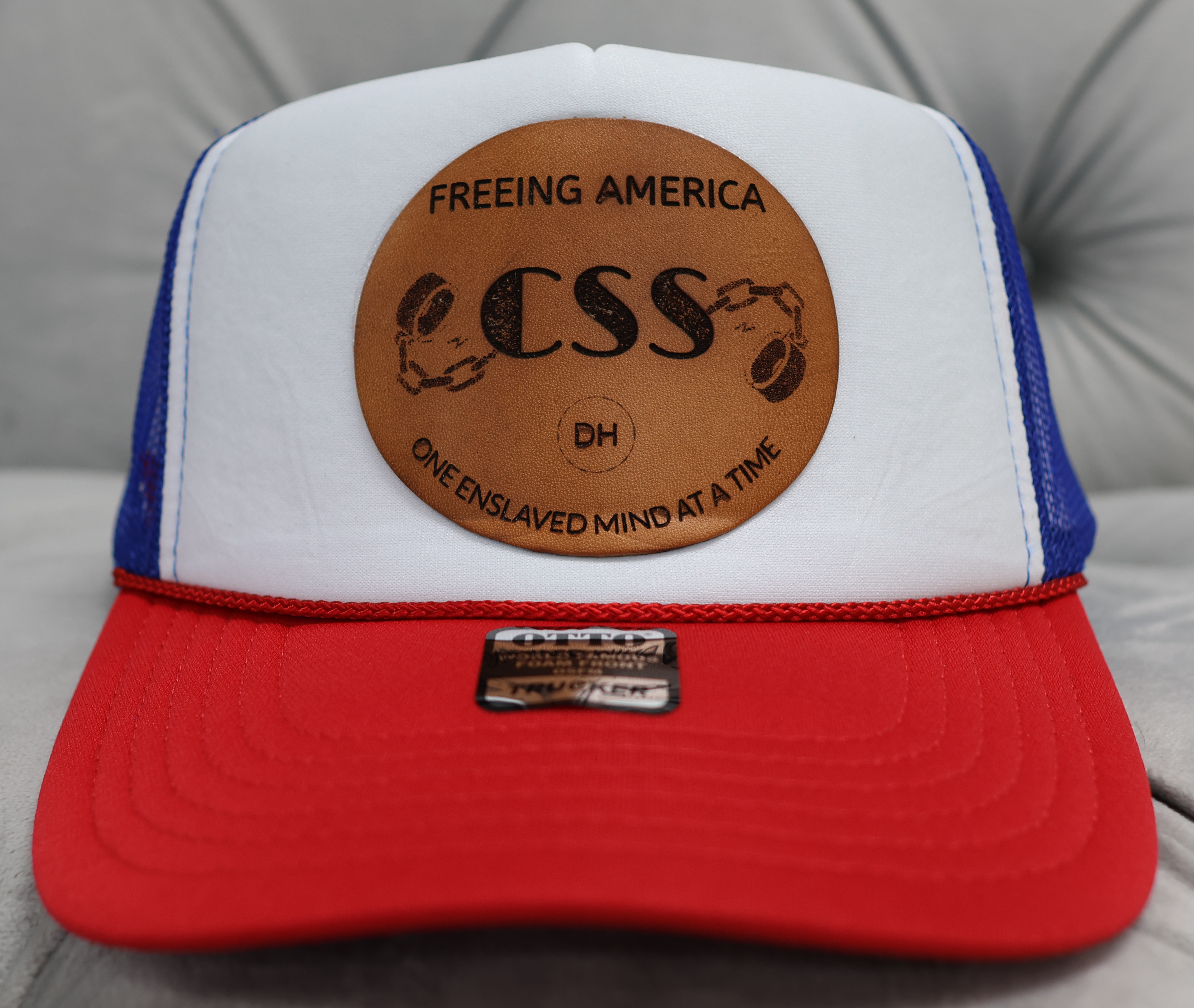
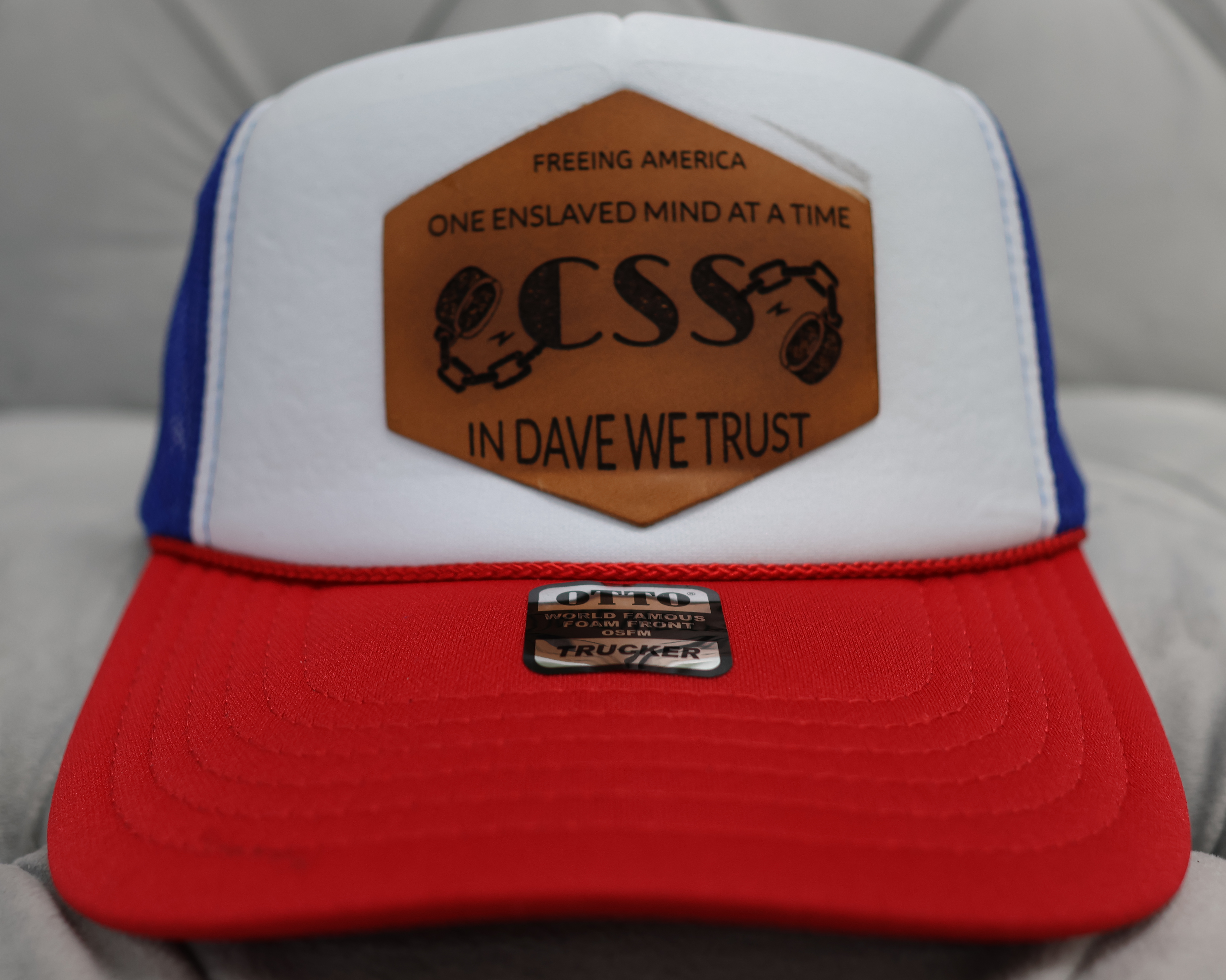
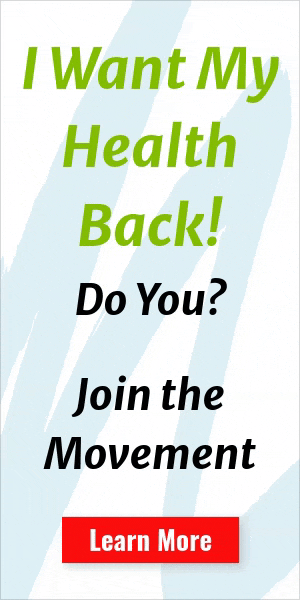





Comments
Lies and Fraud - The New Normal
Comment